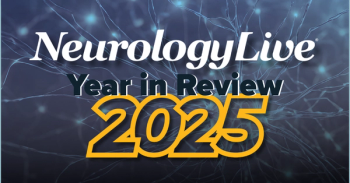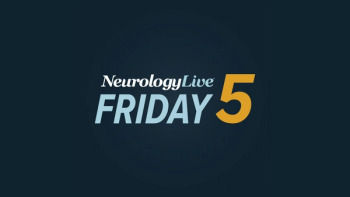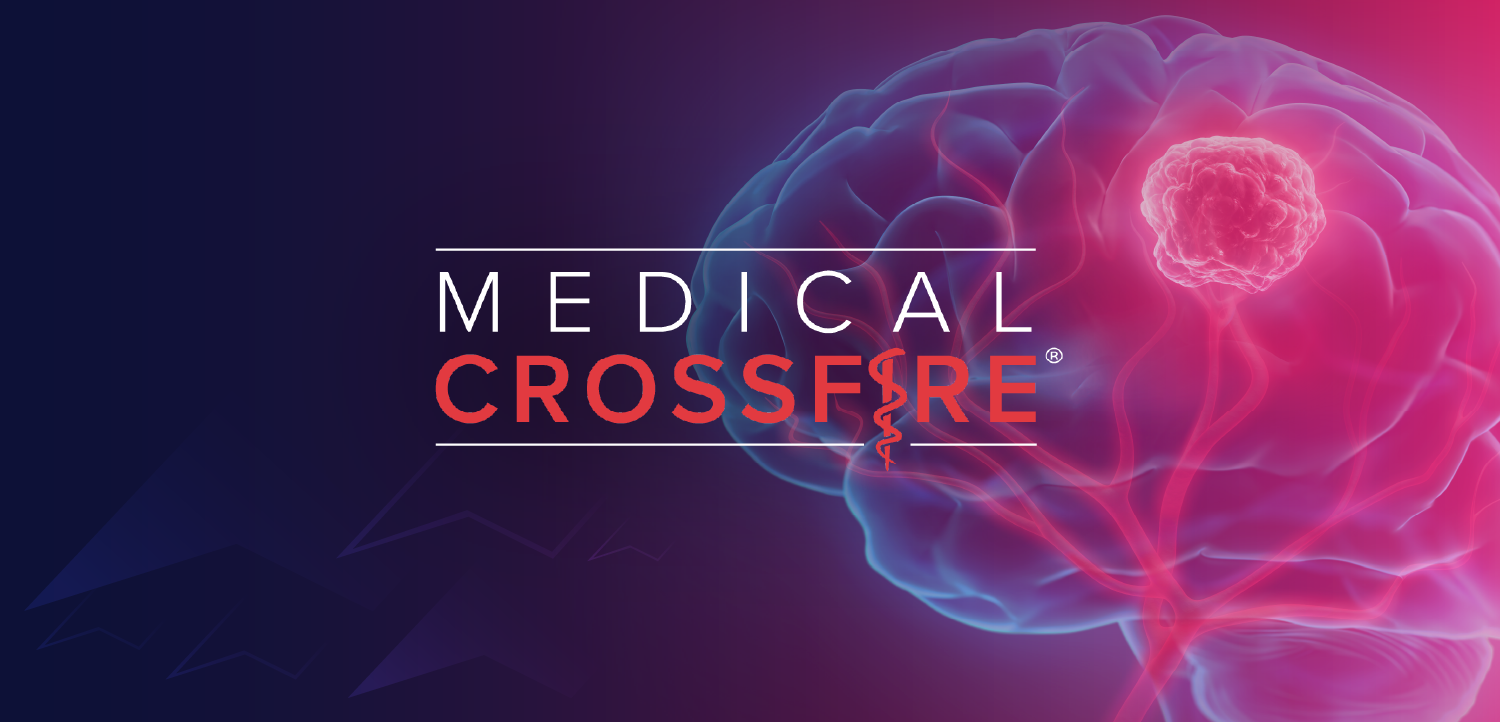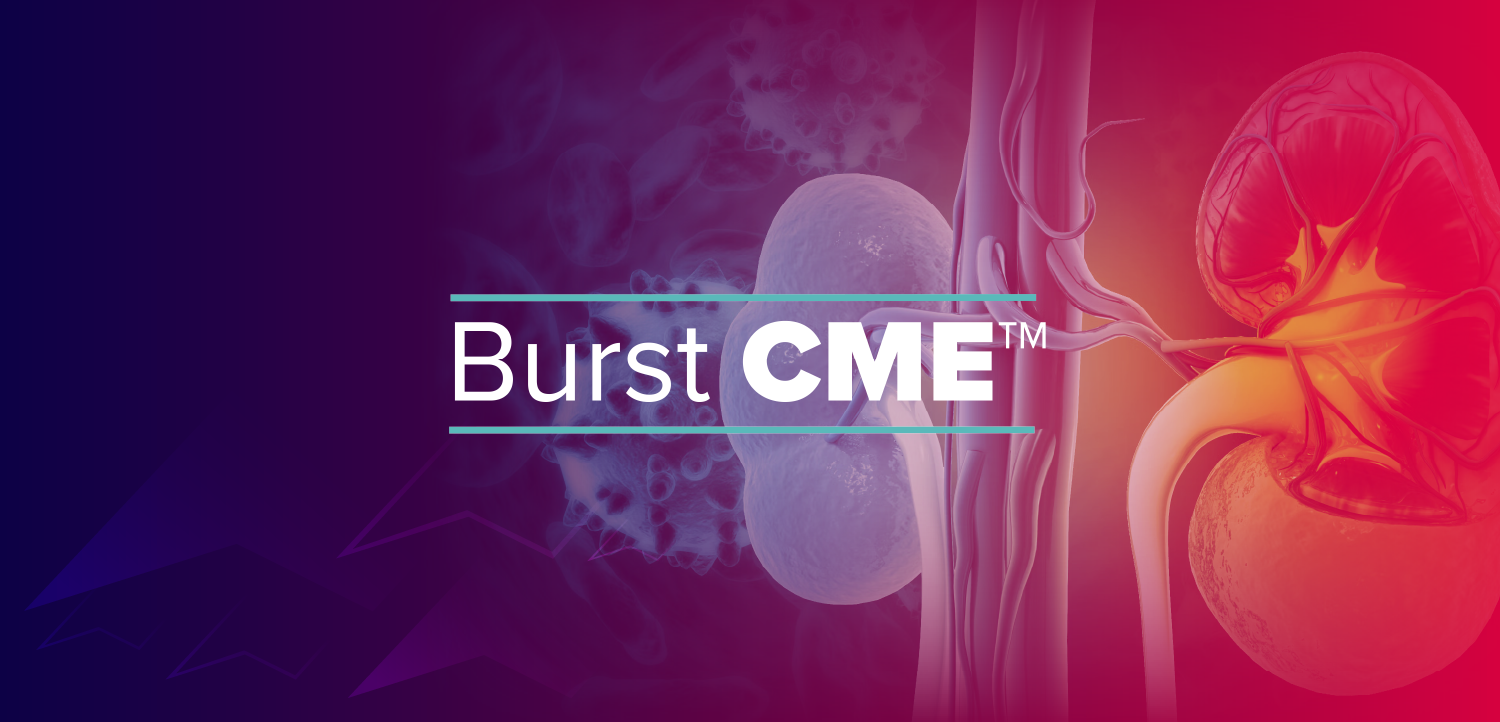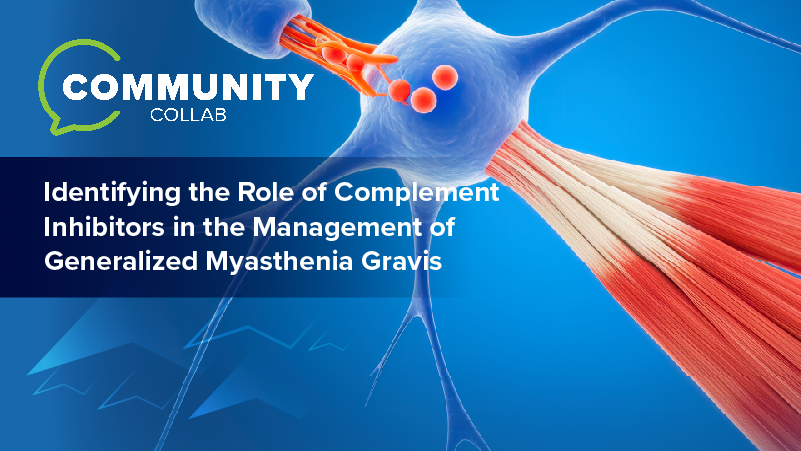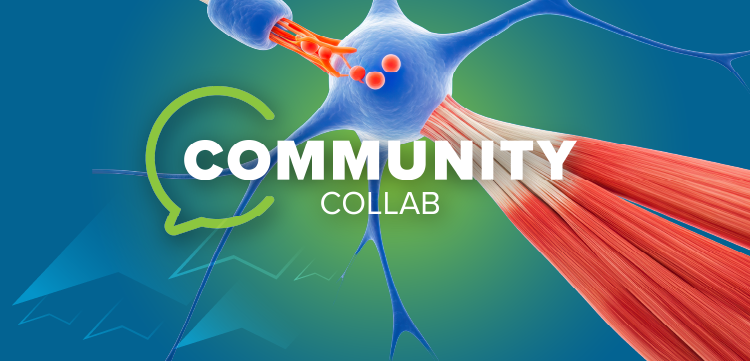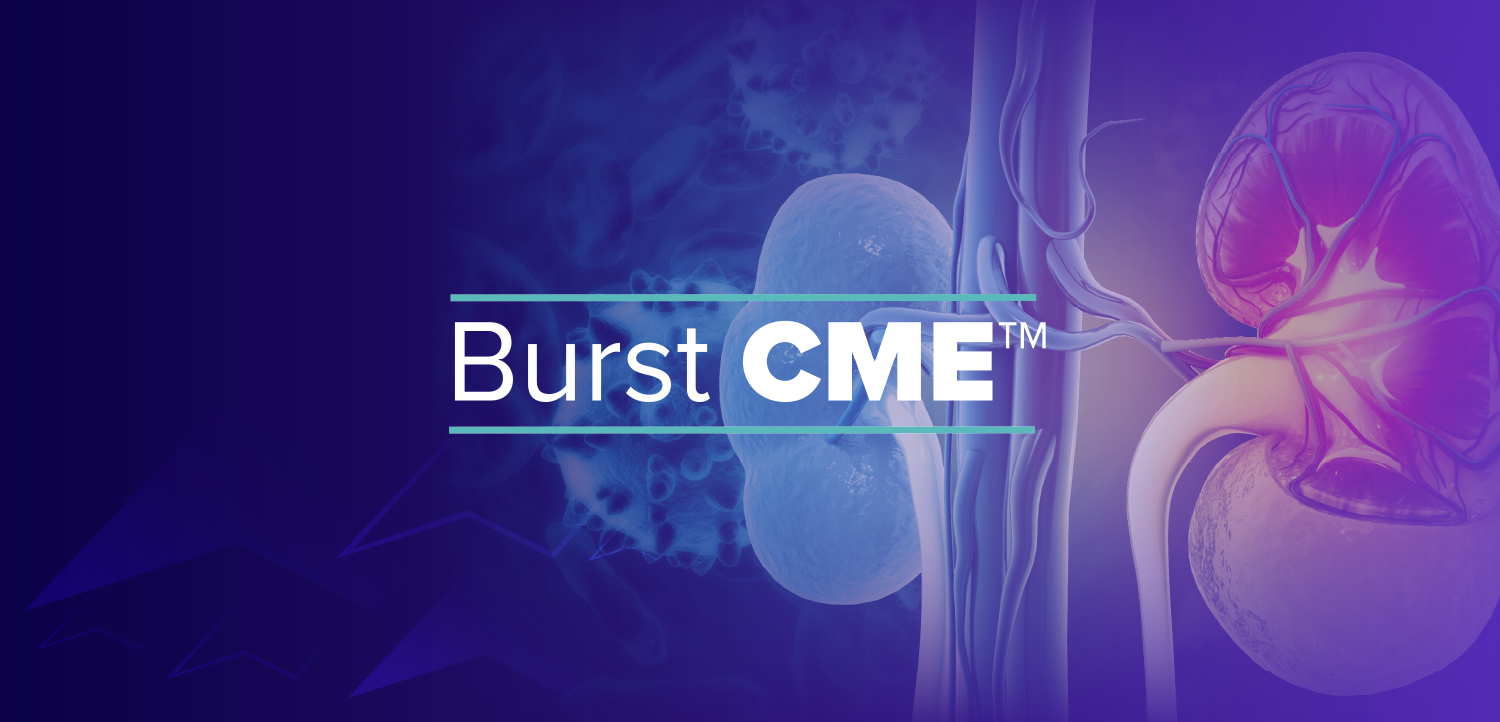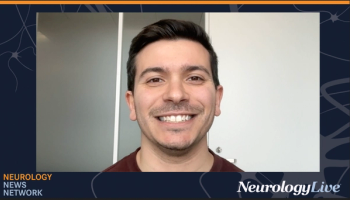
Targeting SIGLEC10 With ONC-841: A Novel Mechanism in Alzheimer Disease Treatment
Key Takeaways
- ONC-841 targets SIGLEC10, a microglia-expressed protein linked to Alzheimer's disease pathology, offering a novel therapeutic approach.
- Preclinical studies showed ONC-841 promotes clearance of pathogenic protein aggregates, improving cognitive function in Alzheimer's models.
Yang Liu, PhD, co-founder, CEO, and chief scientific officer of OncoC4, provided commentary on the rationale and promising preclinical data behind ONC-841, a novel anti-SIGLEC10 antibody targeting amyloid and tau in Alzheimer disease.
As expected, the
At the meeting, Yang Lui, PhD, co-founder and chief executive officer at OncoC4, presented preclinical findings from 2 AD models that highlighted the therapeutic potential of ONC-841 as a first-in-class immunotherapy for neurodegeneration. Liu, who also serves as chief scientific officer, spoke with NeurologyLive following the event on the rationale behind targeting SIGLEC10 in AD and how ONC-841 was developed to exploit this pathway. He explained what makes SIGLEC10 a compelling target, detailed the preclinical results, and discussed the implications for future clinical development. In addition, he briefly commented on the antibody’s evaluation in oncology, and when the clinical community can expect to see first-in-human data.
NeurologyLive: What is the mechanism and rationale behind ONC-841 as a treatment for AD?
Yang Liu, PhD: In the brain, SIGLEC10 is exclusively and abundantly expressed in microglia, which play multiple roles in immune surveillance, neuroinflammation, and the clearance of cellular debris.
There are multiple lines of data that suggest SIGLEC10 could be involved in Alzheimer’s disease (AD). The SIGLEC10 gene resides in human chromosome 19 near several single-nucleotide polymorphisms associated with the risk of late-onset AD. Spatial mRNA analyses from human AD brain have revealed increased SIGLEC10 mRNA proximal to Aβ plaques over distant brain tissues. Moreover, SIGLEC10 is progressively elevated in AD tauopathy. More importantly, our data reported in the AAIC 2025 demonstrate that overexpression of SIGLEC10 in mice promotes the spontaneous formation of Ab plaques in absence of mutations typically associated with early onset AD.As such, SIGLEC10 may be an unexplored therapeutic target for AD.
Using a proprietary anti-SIGLEC10 monoclonal antibody, ONC-841, we showed that blocking SIGLEC10 promoted phagocytosis of Ab fibrils and pTau tangles, the best-known pathogenic protein for AD, and promoted clearance of Ab plaques and pTau serum markers in preclinical AD models. Therefore, the mechanism behind the therapeutic activity is promoting the clearance of pathogenic AD protein aggregates.
What has the literature shown about the ability to block SIGLEC 10? How might this translate into therapeutic benefits?
ONC-841 is the first antibody being explored for AD therapy. Our data presented in AAIC2025 show that blocking SIGLEC10 in the CNS can be achieved with a clinical dose, resulting in robust reduction of Ab plaque and serum pTau, and improvement in learning and memory in the mice. These findings suggest that ONC-841 could confer therapeutic benefit by removing pathogenic protein aggregates and improve the cognitive function of AD patients.
Discuss the preclinical data in detail–what were the main findings? What should clinicians/neurologists take away from the study?
We found that overexpression of the human SIGLEC10 protein in microglia causes the spontaneous formation of Ab plaque in the brains of 9–13-month-old mice. These data suggest SIGLEC10 can act as a driver of AD development in an animal model. Taken together with the recorded overexpression of SIGLEC10 gene in the CNS of AD patients, targeting SIGLEC10 may be a valid new therapeutic strategy for AD.
To evaluate the therapeutic activity of ONC-841, we generated transgenic mice carrying both pathogenic mutations associated with AD in humans and the human SIGLEC10 genes. At 5 or 13 months, mice received either a placebo or ONC-841 twice a week for 6.5 weeks. Our analyses showed a significant reduction in brain Ab burden and serum pTau markers. Brain astrogliosis, which is indicative of neuro-inflammation, was also reduced. Importantly, ONC-841 treatment improved memory and learning activities in these animals.
Taken together, our data revealed a potential new therapeutic target for AD therapy and that ONC-841 is a promising drug candidate worthy of clinical development.
Give some context to what ONC-841 has shown in phase 1 settings for solid tumor
The data of the Phase 1 clinical trial is still being analyzed. We expect to report the data later this year.
Newsletter
Keep your finger on the pulse of neurology—subscribe to NeurologyLive for expert interviews, new data, and breakthrough treatment updates.

